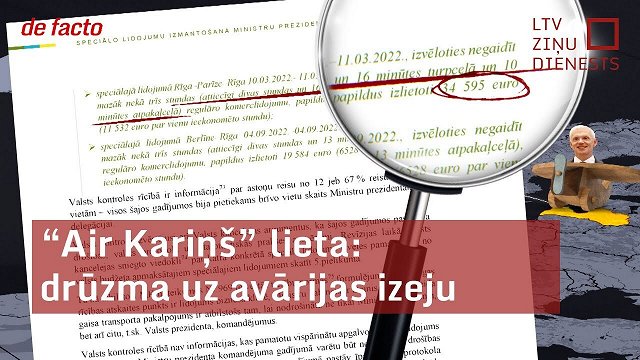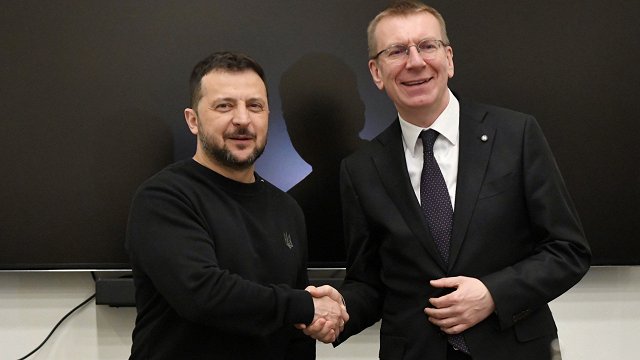There are 100 seats in Saeima. It is possble for a minority government to govern but extremely difficult to actually do so.
For reference, here is how many seats each party will control:
New Unity (JV): 26
Greens and Farmers Union (ZZS): 16
United List (AS): 15
National Alliance (NA): 13
For Stability! (S!): 11
Progressives (P): 10
Latvia in first place (LPV): 9
Model 1: Tight Trio
New Unity, National Alliance, United List = 54 seats
Strengths: With just three parties there will be plenty of ministries for everyone to control and all three parties appear to be to the right of the political spectrum, albeit varying from soft right to hard right. Though the United List itself is a new political formation, a lot of its elected members are former ZZS veterans not lacking in experience and knowledge of how the levers of power work.
Weaknesses: 4 seats is a very narrow majority and would require iron discipline to get votes passed. Knowing this, opposition parties would likely fight hard. There is also a question mark over how cohesive the United List will remain – new arrivals on the political scene often fall apart quite quickly, as recent examples such as KPV LV and the Reform Party show.
Likelihood: 6/10
Model 2: Compromise Quartet
New Unity, National Alliance, United List, Progressives = 64 seats
Strengths: This is probably the most likely goverment model for the next four years. The government would have roughly the same control as it had in the previous Saeima, and the addition of the Progressives would shift its focus into the center of the political spectrum, compared with the model above.
Weaknesses: As well as the question mark over the United List's long-term sustainability, this adds the potential of considerable conflict between the National Alliance on the right and the Progressives on the left, particularly on social policy matters. The National Alliance's Rihards Kols described it in memorable terms suggesting the two parties are like polar bears and penguins respectively. He meant that their paths never cross in political terms, though critics might argue that both are endangered species. So the prime minister will face four years of animal wrangling, but at least it's not lion taming.
Likelihood: 8/10
Model 3: The Oligarchs Strike Back
Greens and Farmers Union, United List, Latvia in First Place, For Stability! = 51 seats
Strengths: It is theoretically possible that New Unity could find itself in the same position as the Harmony party after previous elections – topping the poll but out of government. This would require a grand coalition of the populist parties plus the mending of the rift between the United List and their former colleagues in the Greens and Farmers Union, most likely effected by a symbolic stepping-aside of ZZS bigwig Aivars Lembergs.
Weaknesses: Such a coalition would be hugely controversial, and would have the slimmest possible majority. It would likely rattle the markets and foreign partners, and For Stability! in particular is a potentially volatile ingredient. It's hard to imagine President Levits considering this as an option unless he is left with absolutely no other choice.
Likelihood: 1/10
Model 4: Seats Before Principles
New Unity, National Alliance, United List, Greens and Farmers Union = 70 seats
Strengths: A massive 70 seats in Saeima would make the opposition's work little more than a token rearguard action. Grand plans could be hatched and it could be argued that this is not a lot different to many governments seen in previous decades. A lot of chanting "realpolitik" and quoting Machiavelli might be involved. This might be an attractive option for parties who think they might have a chance of poaching talent from other parties and growing during the course of the administration.
Weaknesses: All three of ZZS' coalition partners would have to explain to their voters why they ditched their clear red lines on not working with a party controlled by Aivars Lembergs, a man sanctioned by key partner the United States and sentenced to 5 years in prison for corruption. Their political credibility would be shot for a while, and there would likely be internal dissent and defections. The credibility of Latvia as an international partner would also be an issue. But there would be four years to fix the damage and, as mentioned above, some theatrical stepping aside of Lembergs might be engineered. Whether anyone would believe it is another matter.
Likelihood: 3/10






























